Knowing your audiences and who you deal with first, helps you put in place all the elements necessary to scale your business simply and effectively. You can structure this easily with just three steps.
Step one - split your audience into internal and external.
1. - Internal Audience - your company and its Org. Structure that works within it.
2. - External Audience - your Customers, Partners, and Suppliers as well as Competitors (many companies will represent multiple categories).
Step two - break the internal audience into three additional groups.
Do this by taking individuals one by one and categorize them into one of the following groups:
- Workers - people who do the work, but do not manage people,
- Managers - people who do the work and manage people
- Executives - manage, but most importantly make critical Company decisions and organizing Markets, Products, and Work.
Everyone is now assigned to one of these 3 categories no matter what their job title is and which function they belong to. You have now flattened your company without touching its organizational structure and you’ve avoided one of the most challenging transformation tasks because you can view your structure simpler.
- You can look at the decision-making powers without the clutter of the organizational structures. This leads to making faster and better decisions.
- You can find functional peers easier. This leads to a creation of informal working teams quicker.
- You can engage relevant managers and executives and dramatically reduce the time for overall coordination and management.
You gain all of the above while keeping your functional and organizational hierarchy untouched. Combined with understanding the skills of the individuals, you’ll create a simple alternative view for cross-functional work that makes it easy to find and assign the right person to the relevant work.
Step Three - categorize your external Audience.
To organize your external audience to drive the mechanics of effective scaling, you are solving a similar challenge we described for your internal audiences in the previous part. Many entities are helping you to go to market and they have multiple roles.
As with your internal audience, you should categorize the external ones into three groups to keep things simple and manageable as you grow. Do it by listing the companies you work with and put them into one or more of the following categories:
- Customer (End user) - who uses your products
- Partner - companies who are directly offering and helping you to bring your product to the Market (market, sell, deliver, etc.)
- Supplier - businesses or individuals who provide a service or a component of it that is a part of your internal business activities
Why is this important? When you start building your programs, designing your promotions, or focusing on the specific markets, products, or geographies, you want to understand how they all interact. Basic categorization is a critical start for keeping everything organized and manageable as you expand.
Next post will build on the basic structure of the Audiences and share how to operationally categorize your markets, and articulate your company's purpose.


